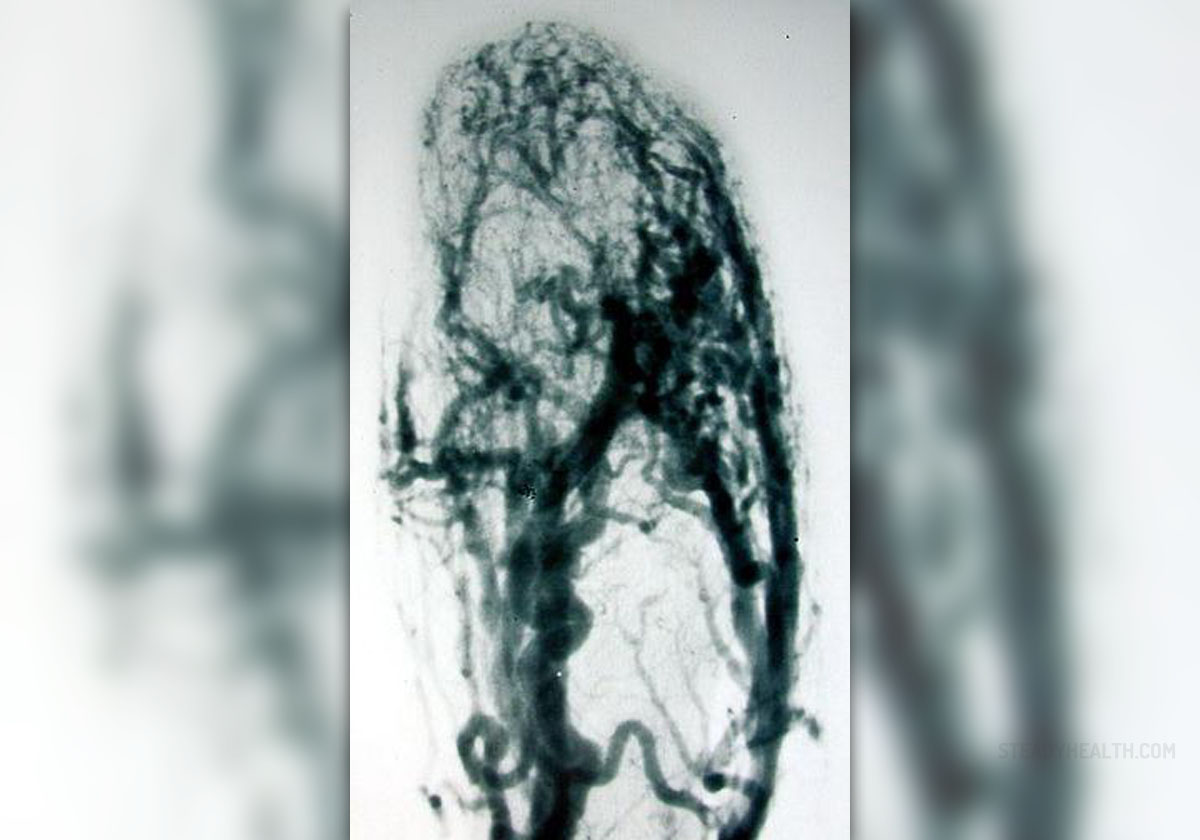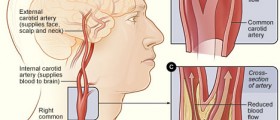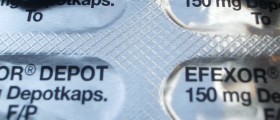
There are two main arteries on each side of the neck which supply the head and the brain with oxygen and all the necessary nutrients. They are called the carotid arteries, to be more precise the external and the internal carotid artery. They originate from one artery called the common carotid artery which separates into the two mentioned arteries in the very neck.
Because these blood vessels actually supply all the tissues and organs of the head their narrowing can cause severe oxygen deprivation. Furthermore, the narrowing also carries risk of increased blood clotting and subsequent complications such as transient ischemic attack or even a stroke. It is, therefore, essential to diagnose the narrowing as soon as possible and prevent its progression. In some case this narrowing is treated surgically.
Partial Narrowing of the Neck Arteries
Narrowing of the external and internal carotid artery develops as a consequence of atherosclerosis. Plaque build-up is gradual and slowly narrows the affected blood vessels. Partial narrowing of the neck arteries is initially asymptomatic. However, it is a huge risk factor for transient ischemic attack and stroke. This can be easily explained. Plaques in the neck arteries increase the risk of blood clots. In case blood clots dislodge, they travel through brain vessels and eventually end up clogging vessels of smaller diameter than they are. This is a cause of transient ischemic attack or a stroke.
Once these complications occur patients develop certain symptoms and signs such as weakness or paralysis of one side of the body, loss of vision in one eye, slurred speech etc. It is also possible to suspect on potential narrowing of the neck arteries if an individual is already confirmed with atherosclerosis of other blood vessels such as coronary arteries. In this case patients are routinely examined and narrowing of the neck arteries can be timely diagnosed and properly treated.
Diagnosing Narrowing of the Neck Arteries
It is essential to discover all the patients at risk of such narrowing. Namely, this group of people generally includes patients who are already suffering from confirmed atherosclerosis of other blood vessels, as well as people with elevated cholesterol levels (particularly those suffering from hypercholesterolemia for a longer period of time).
The first thing which can confirm the condition is a simple auscultation of the neck arteries. During auscultation the narrowing interferes in normal blood flow and causes specific sound effects. Final conformation is easily achieved with ultrasound of the neck arteries. Another way to confirm the condition is to use an arteriogram.
Treatment for narrowing of the neck arteries basically depends on the extent of blockage and accompanying symptoms or complications.
- medlineplus.gov/ency/article/002951.htm
- www.nhs.uk/conditions/carotid-endarterectomy/
- Photo courtesy of Royonx by Wikimedia Commons: commons.wikimedia.org/wiki/File:Arterio_Doigt.JPG

















Your thoughts on this
Loading...